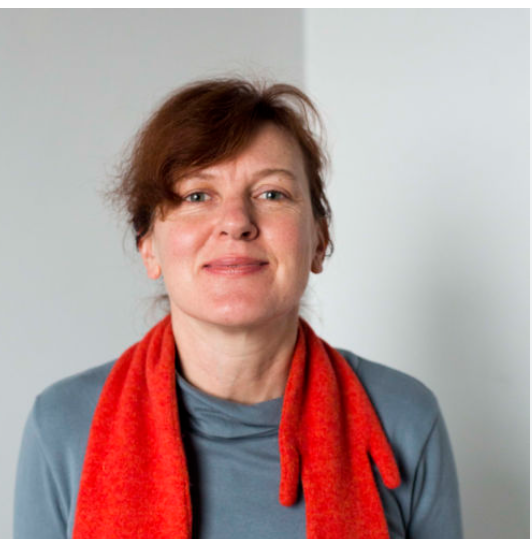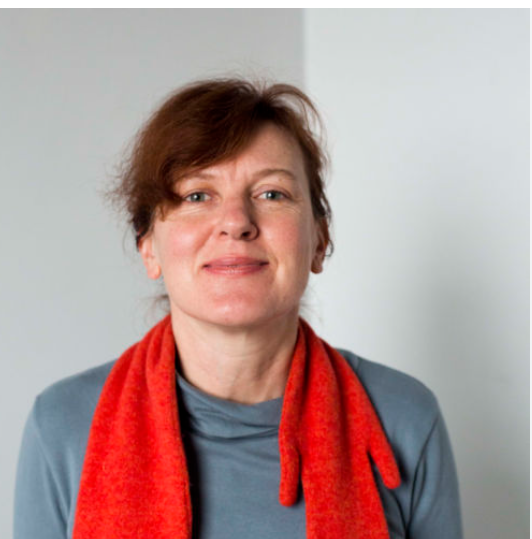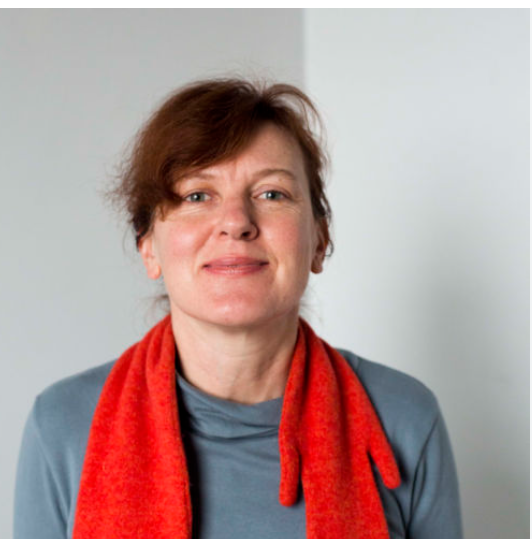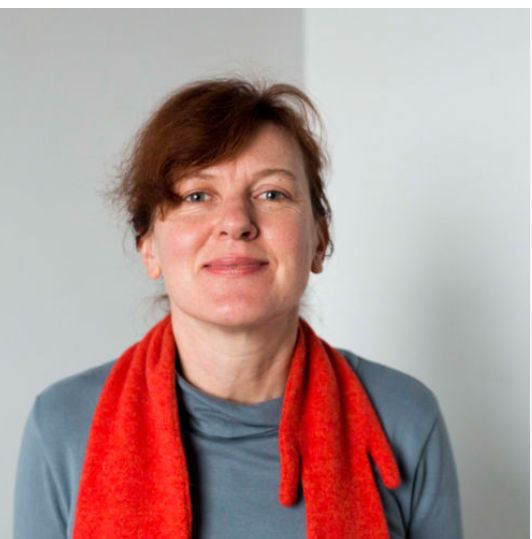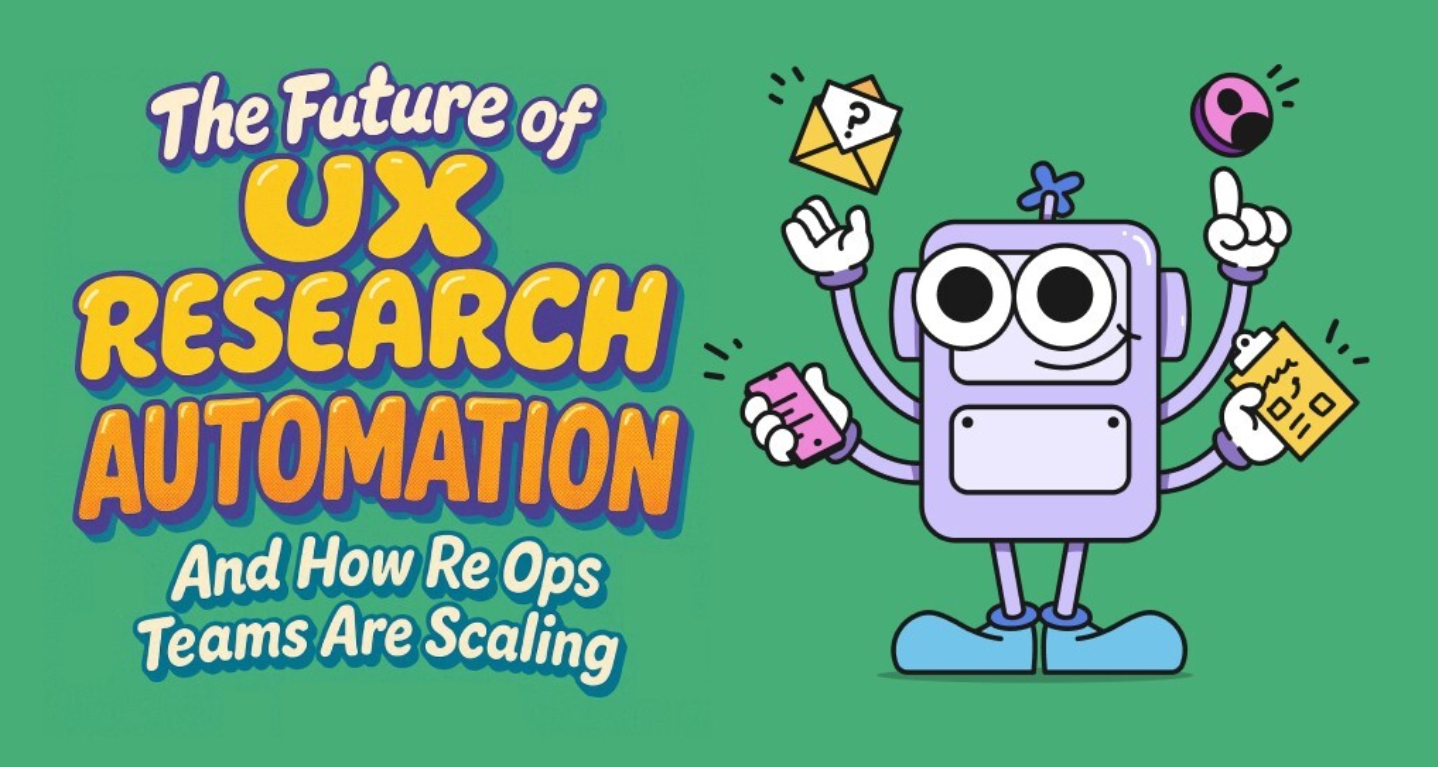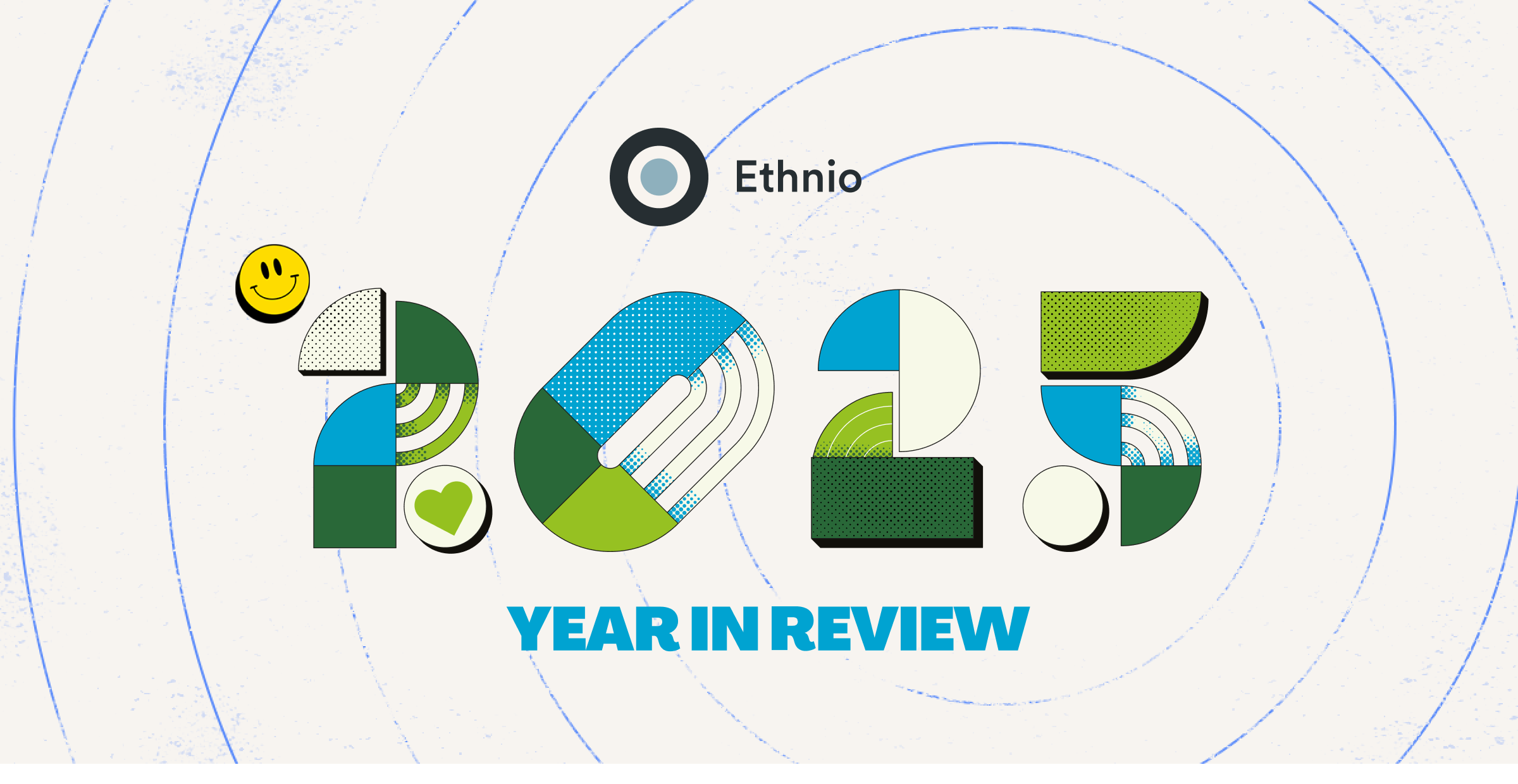Erika Hall, author of Just Enough Research and Conversational Design, + co-founder of Mule Design, sat down with the Ethnio team to explore what hinders organizational efficiency and how ResearchOps can help.
She debunks ongoing myths that make research seem inefficient with facts and emphasizes that ResearchOps isn’t about moving faster. It’s about enabling teams to act on the right evidence at the right time. Tools designed with these needs in mind can make all the difference in effective research operations. From screeners and scheduling to consent and panel management, we’re built with that exact solution in mind.
Let’s turn it over to Erika
As an independent consultant, speaker, author of this popular research book, and long-time designer, I see into more types of organizations than most. I get to see their stickiest problems, because my job is to help fix them.
Since my professional goal is to remove the barriers to organizations producing useful, ethical, and successful products and services, every single engagement has been part of my personal project to answer the question, “What are the biggest barriers?”
And I’ve been doing this so long, I’ve followed several rounds of hype through to the changes that have or have not stuck over time.
What are the significant barriers to efficiency?
The biggest barrier I’ve observed is the very human reflex of reacting to opportunities or uncertainty rather than reflecting before acting. That’s where research can help the most.
But of course, in the rush to react, essential research often gets pushed off the critical path because it’s not sufficiently efficient. Many organizations are particularly keen on efficiency right now, because we’re in that part of the growth and efficiency cycle.
Broken research practices tend to be broken for the same reasons. Decisions are being made based on something other than evidence. This is a fantastic time to thoughtfully refine the processes that work, and a risky time to define processes.
Broken research practices tend to be broken for the same reasons
The natural temptation is for managers to ditch any old way of doing things that feels wasteful. There’s reinventing the wheel, and then there’s deciding you don’t need both axles any more.
So researchers keep feeding qualitative insights into a process not capable of metabolizing it, like trying to fuel a gas engine with alternating current. It doesn’t matter how empty the tank gets. (I don’t know why I’m using car metaphors. I ride a bike.)
Researchers have to fight for time and money to do their work. This implies an underlying assumption that research is a waste of time and money unless proven otherwise. And this is the job of research, right? To prove things?
Wrong.
There is rarely an assumption that ignorance is a waste of time and money.The risk of spending money doing research is perceived as greater than the risk of going ahead and doing something based on nothing, because the reputational risk of admitting you might be wrong is often so high.
Design research advocates are so often on the defensive, it can feel like a betrayal of the discipline to talk about efficiency rather than quality, especially in these times. I get this a lot because of the Just in Just Enough Research, when the Enough is right there. And because there remains so much of the ambient confusion about the research part.
It’s not the academic standard. Nor is it about novel findings or the volume of new knowledge produced. But the quality of decisions that asking and answering the right questions enables.
Where efficiency and research quality are concerned
In this context, like Pam Beasley from The Office says (que infamous meme below), they’re the same picture. And that picture is making the best use of available resources.
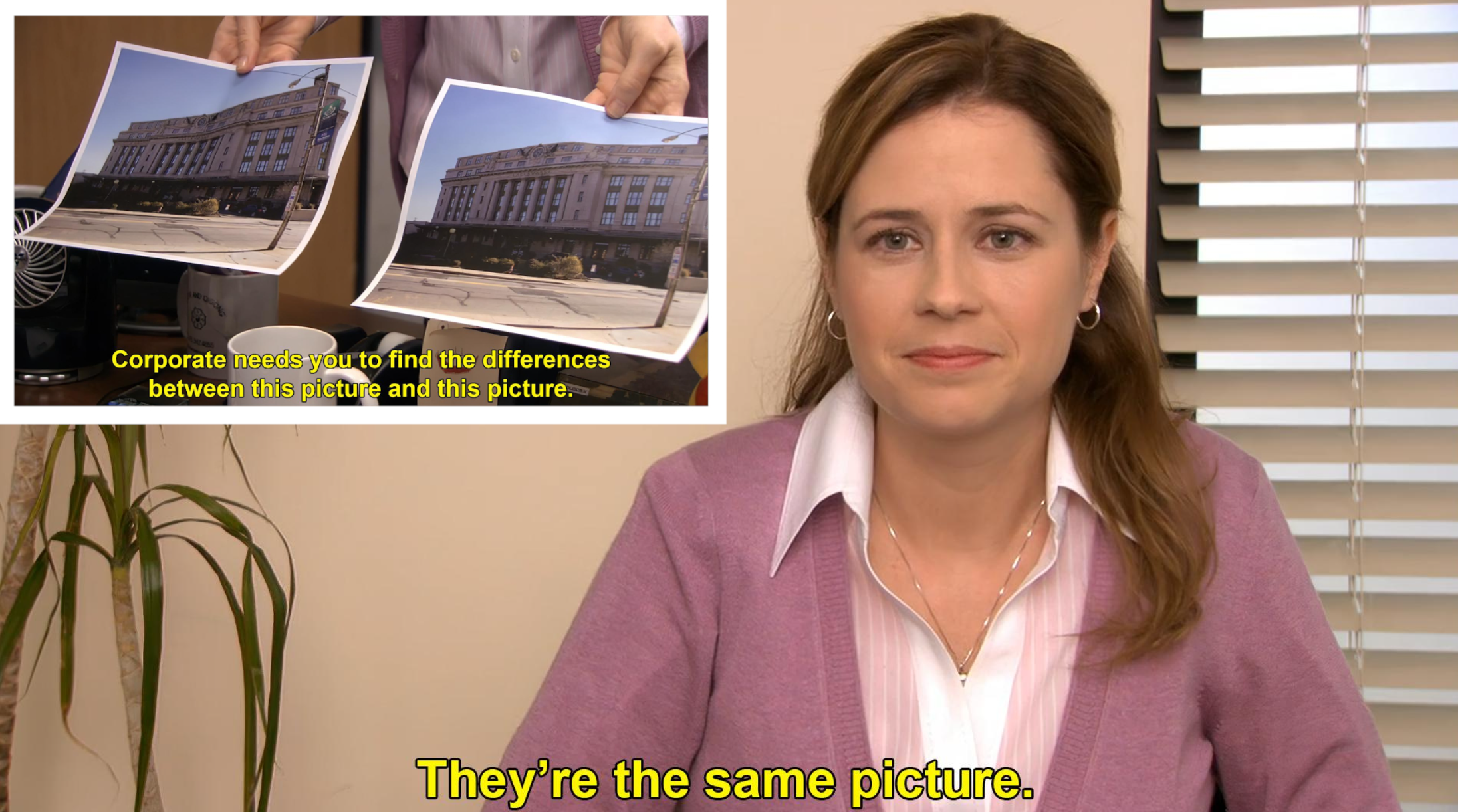
Thinking of it as trying to do more with less contributes to a feeling that you are accomplishing something when you’re doing more, and that’s often not the case.
You can’t convince anyone to value the work by being more efficient.
It’s easy to find quantitative data and do “validation testing ” that supports what you’re already doing.It doesn’t matter how efficient you are if no one values the work.Here are five fab ResearchOps facts teams should know to keep their research practice on track, maximize insight, and cut waste.
Fact #1️⃣: ReOps powers qualitative adoption
We want the quant! I hear this over and over. Why talk to a handful of humans when we can do a big survey? Or we could track analytics without having to do any of that messy qualitative analysis? What if we found the one magic metric?
Quantitative data feels efficient because it’s often easy to gather more of it faster. And then everyone spends time fighting about it because you have so much of it, and no one knows whether any of it is meaningful, or good. And so much you can’t easily measure falls through the cracks. So, pretty soon, you’re just measuring the cost of decisions made based on misguided assumptions.
You need both qualitative and quantitative data. The former to understand and the latter to measure and better generalize from what you already understand.
That’s where research ops comes in: you help scale up qualitative research. By enabling a larger volume of qualitative research, demystifying the process, and socializing clear standards for what constitutes evidence, effective ResearchOps is the key to bridging this divide.
Fact #2️⃣: Struggles over “democratization” are an opportunity for real collaboration
Many organizations operate on the principle that anyone who doesn’t have “research” in their title can keep doing whatever they’re doing while insights are delivered to them on demand (or even worse, when no one thought to ask for them).
This contributes to cherry picking the findings that support what decision-makers already want to do, and ignoring the rest. Research practitioners get sidelined with a bad combination of the most knowledge and the least influence in critical decisions, leading to extreme burnout.
The reality is that everyone who makes decisions should be basing those decisions on evidence. And in order to do that, they need to be plugged into the process, starting with the goals and questions. This doesn’t mean everyone participates in every part, or in any particular part. “Democratization” is usually a synonym for half-baked delegation.
Someone has to keep track of all these things. It requires skillful coordination to include all your cross-functional stakeholders in the research process. This lets the right people do the right things at the right time, and puts information and decisions in the same room at the same time.
This is where Research Ops and its capabilities add tremendous value, providing expert guidance and essential compliance framework. In addition to privacy, legal, logistical, and quality goals, ReOps can ensure that tasks are distributed among roles in a reasonable way.
Fact #3️⃣: Clarity precedes efficiency
What makes an operation efficient? It’s clarity. And clarity doesn’t happen automatically.
Clarity happens one conversation at a time—often one uncomfortable conversation at a time.
Organizations are great at confusing interpersonal communication and collaboration problems with technology problems. And, as software engineer Mel Conway observed, organizational communication constrains the possibilities for system design, not the other way around.
Sudden attempts to change established processes and product offerings to incorporate new technology tend to go badly because of this.
Automation applied to an inefficient operation will magnify the inefficiency.Congratulations, you’ve created a lot more of something no one needed. Or scaled dysfunction and confusion to the whole organization.
As the keepers of the research process, Research Ops can help advise which tasks are truly suited to standardization and automation without degrading quality or reducing opportunities to learn.
Fact #4️⃣: Your participant pipeline is your insights lifeline
Hey, you already did the research, right? All you have to do is put it all in one place.
It’s a good idea to have an organized archive of past studies for a lot of reasons, but with an efficient research process, the world is your repository.
But too many organizations fall prey to the sunk cost fallacy and try too hard to make past research findings fit present research questions. So, often I hear people say, “We aren’t going to try to talk to members of that population. They’re too hard to reach.” If you don’t know how to find research participants, how will you know how to find new users or new customers, or new employees?
In our complex, interconnected world, historical insight doesn’t always age well. Your core questions might not change, but the answers do. It’s essential to stay up to date on how the people whose behavior you need to understand are behaving now.
Otherwise, you could end up making decisions that are past their sell-by.
Developing recruiting as a core organizational capacity helps in all ways. This means having a continuous supply of well-screened potential participants. Yet another critical function of Research Ops.
Fact #5️⃣: The most valuable connections can be the hardest to measure
I’ve saved the most fabulous fact for last.
Research is uncomfortable for organizations that are anxious about productivity. Learning is invisible, and the quality of decisions is hard to quantify.
And, as I mentioned above, this leads to tremendous pressure to get it over with to tick a box. Decisions based on poorly tested assumptions and wishful thinking can set fire to a whole lot of time, money, and customer trust.
In our personal lives, we ask questions and connect with people every time we need to make a decision that impacts them. We don’t always call it research because it’s often happening in the background. To do otherwise would be to subject oneself to a lot of bad surprises. Anyone who cooks dinner regularly knows that you only decide when looking in the fridge with 3 hours to spare.
So, a critical role for ResearchOps is reminding the organization of this truth, again and again and again.
Creating connections between the people who build products and services and the people who pay for those products and services is as fundamental to organizations as building those products and services. Doing it at a large scale with great care for exactly who the participants are is how you grow.
Eventually, the aspirational standard will become a habitual practice.
To sum it all up…
Objections argued from a need for efficiency are really fears of a loss of control.
Product leaders and managers want to do what they want to do rather than cede some authority in the process to insights from outside the building.
Starting from the agreed-upon goals, setting expectations to avoid unpleasant surprises, and optimizing the flow of information through the flow of decisions is the key to helping your organization escape this quotidian obstacle course.

